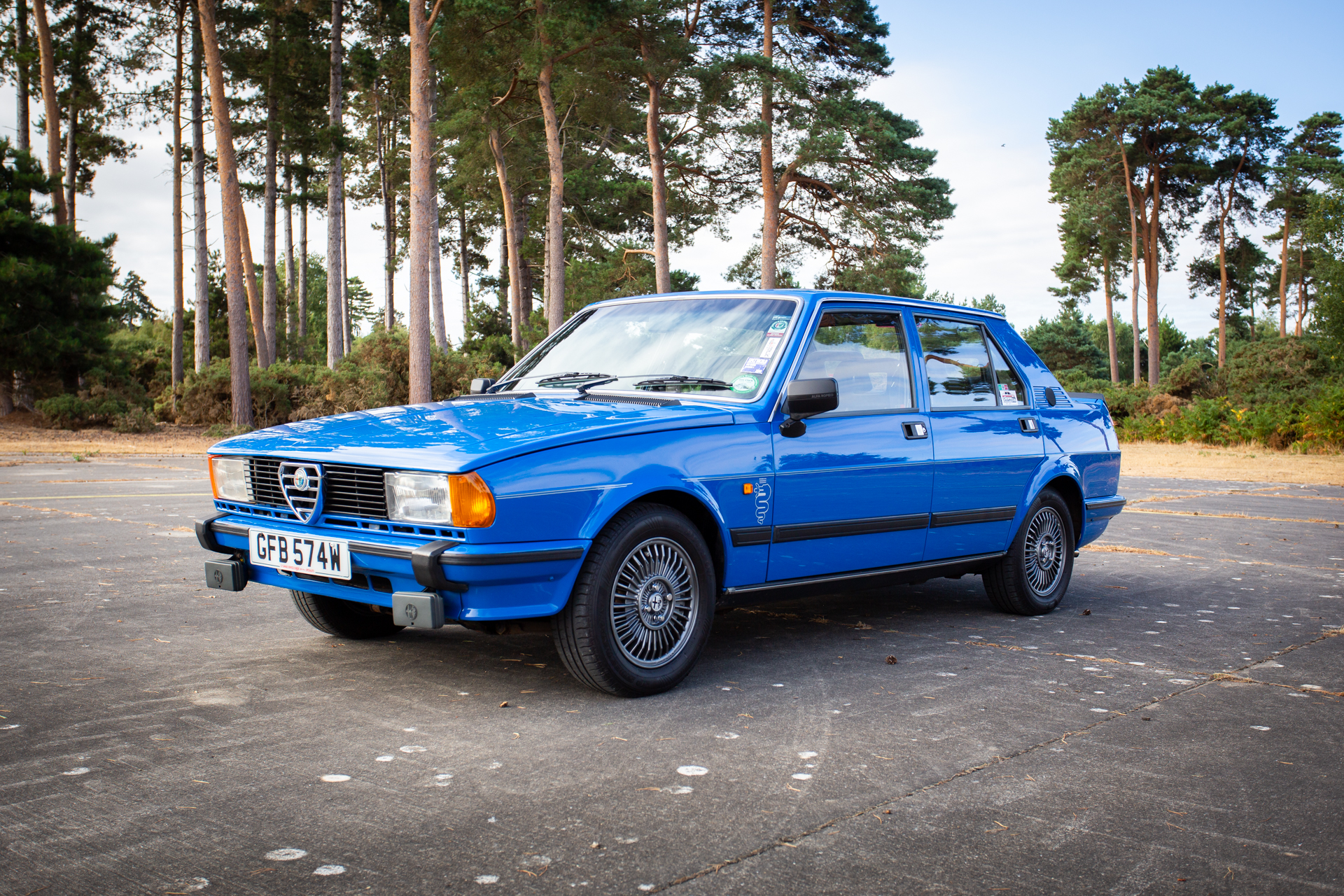
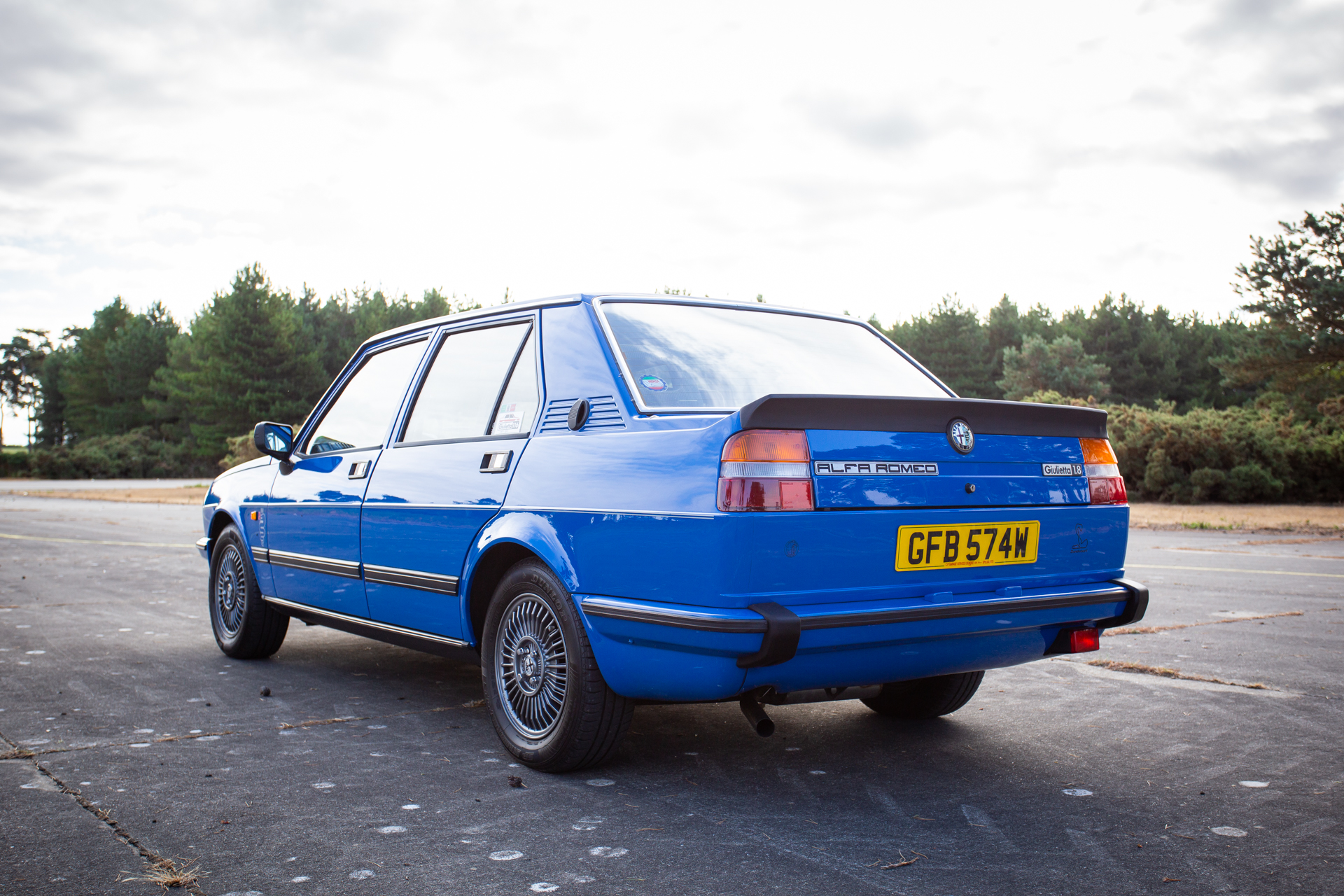
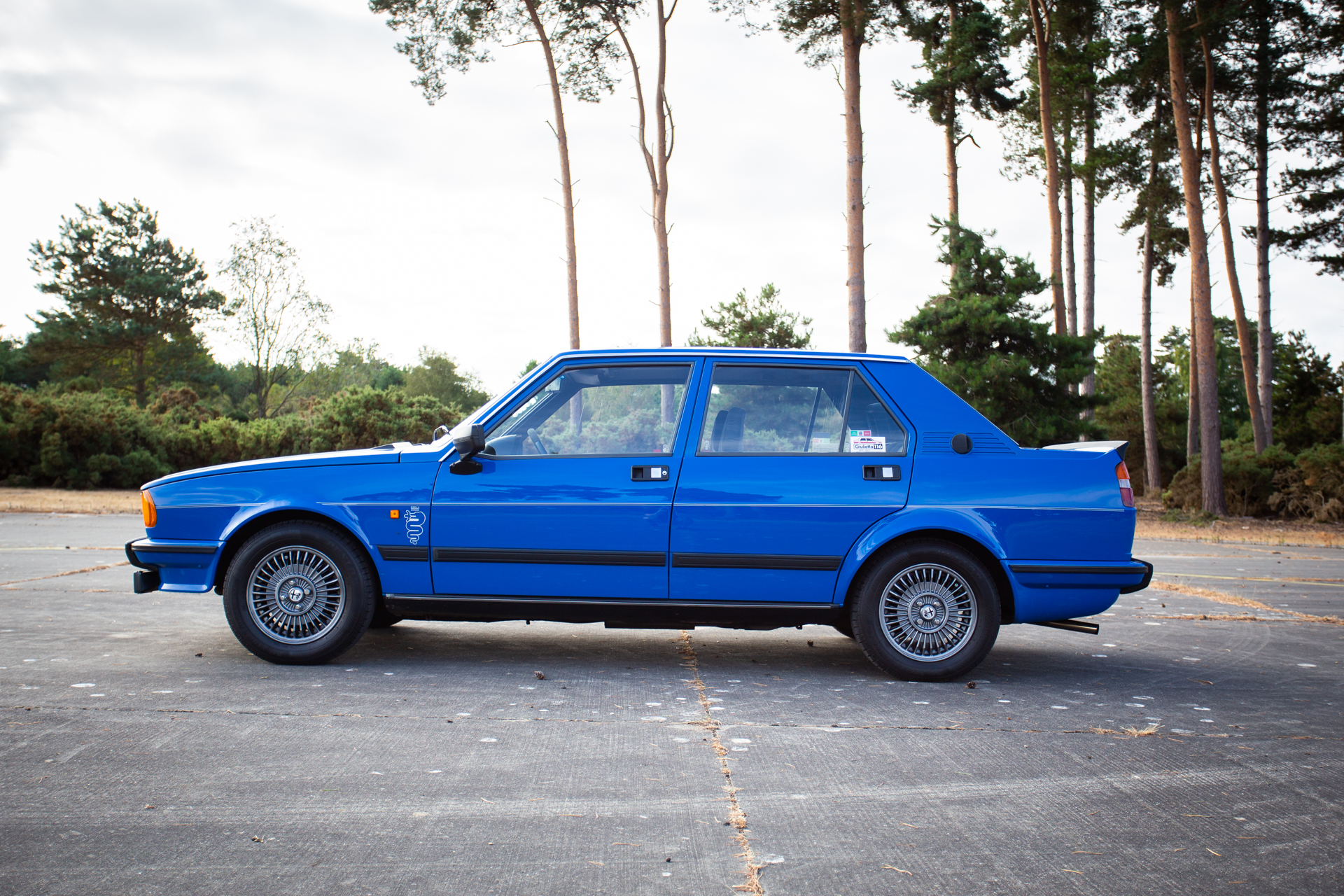



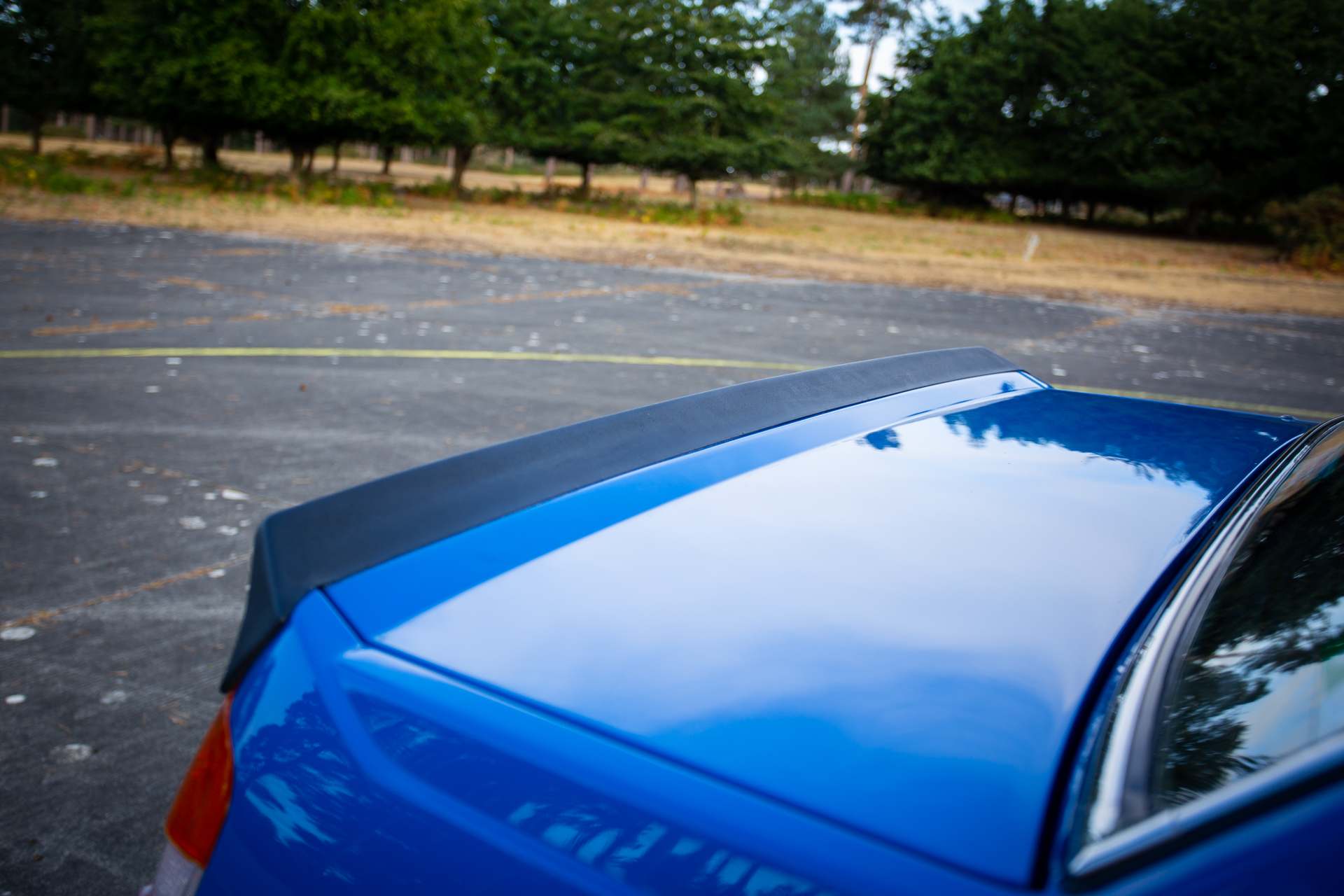
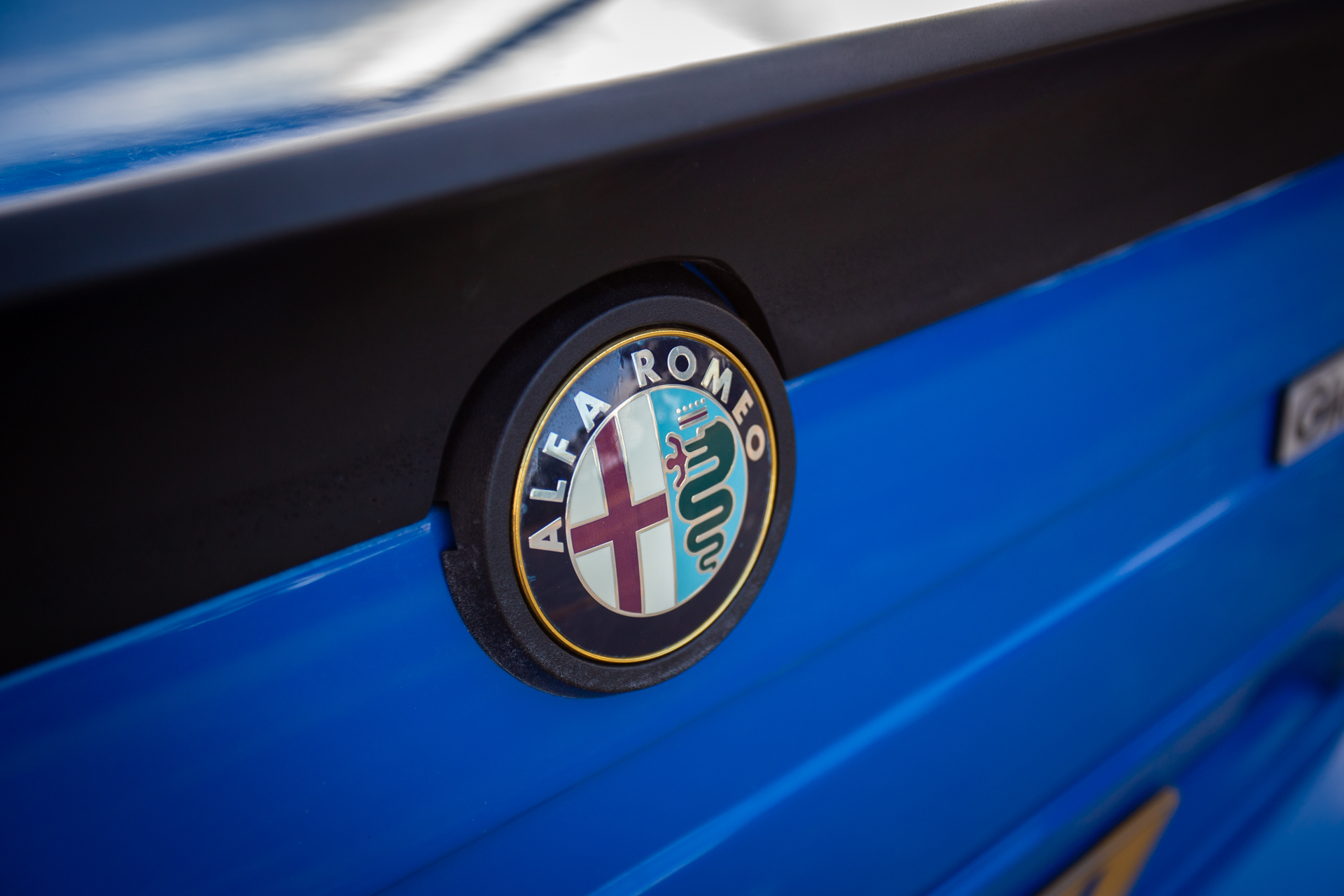
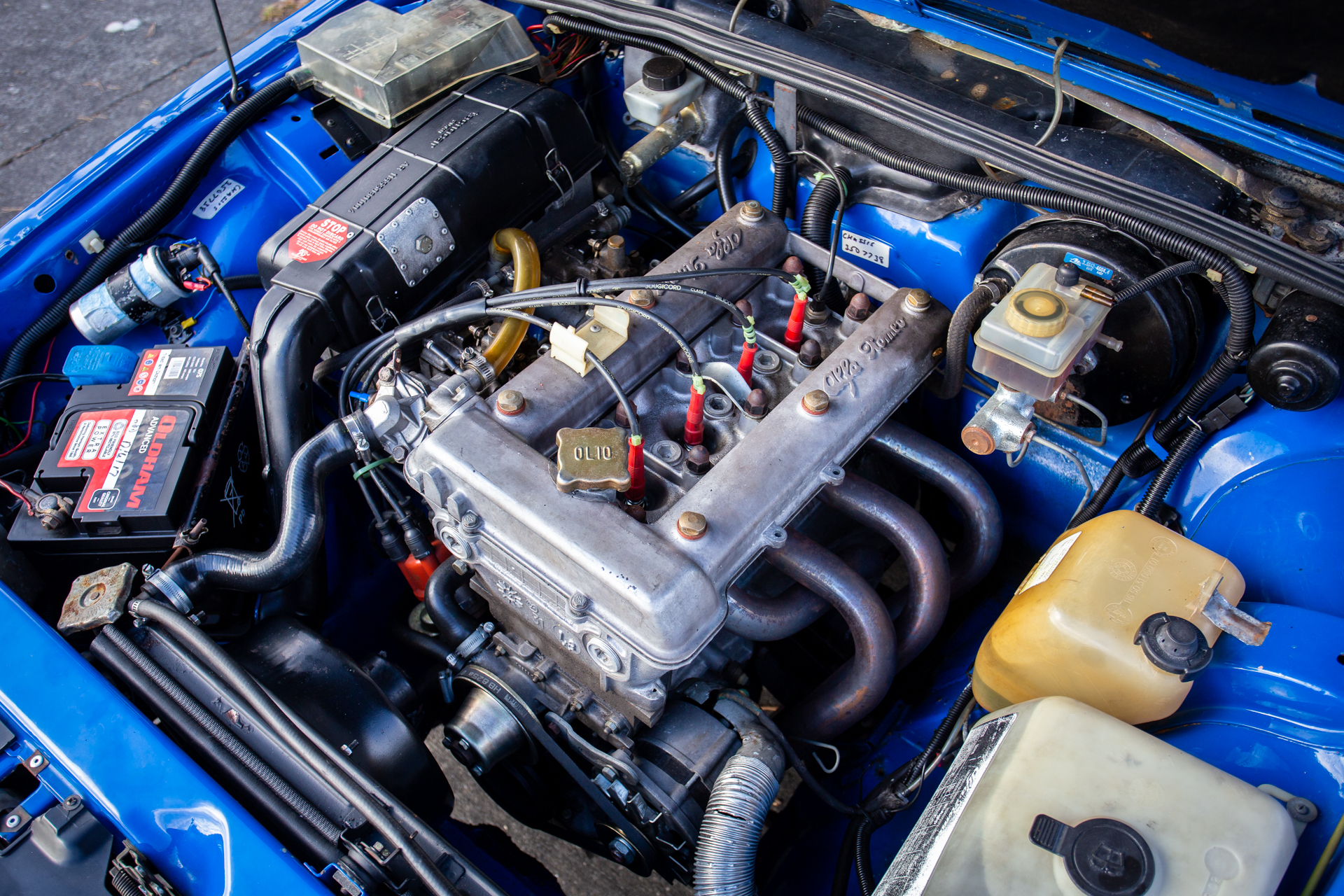

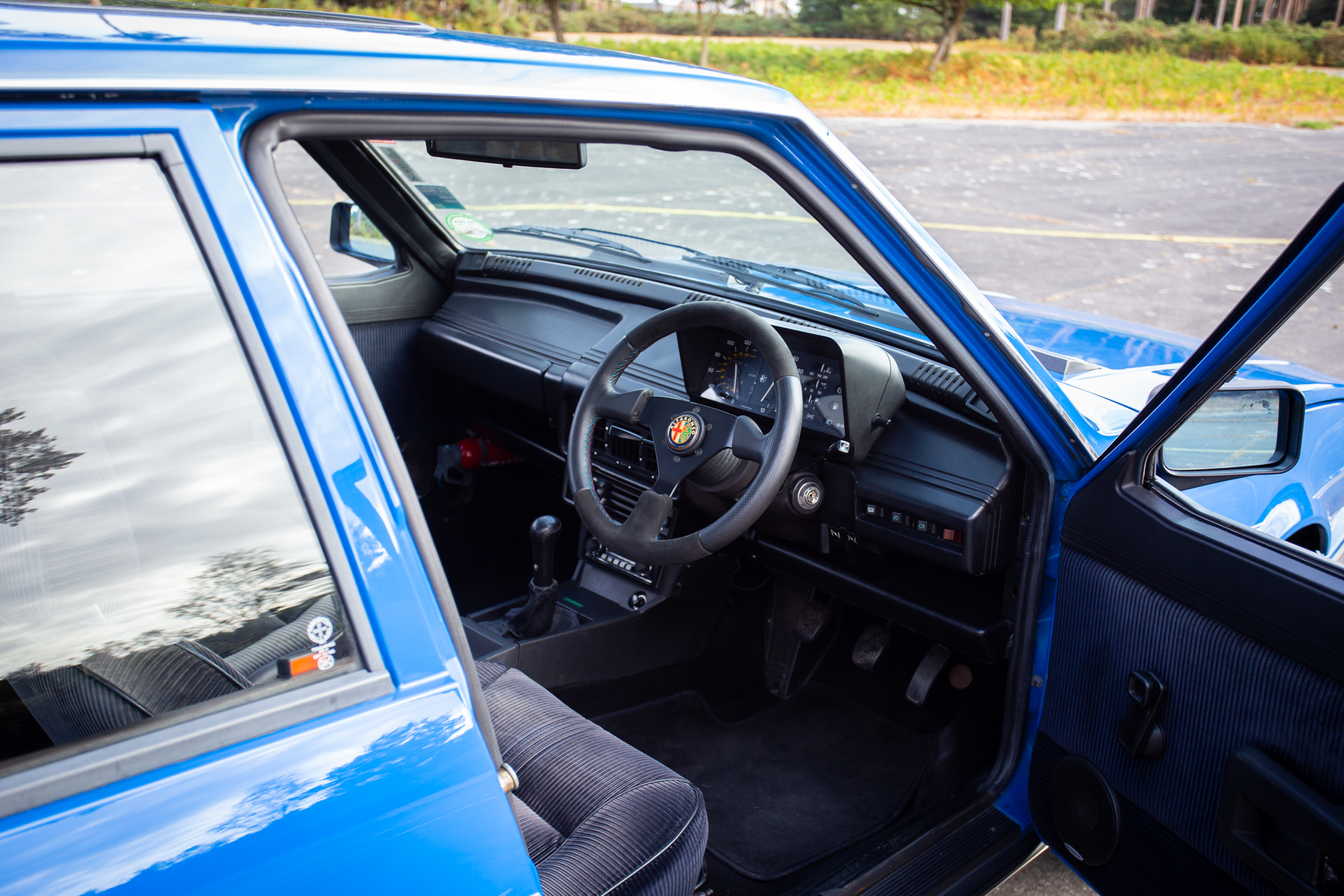
The Alfa Romeo Giulietta – A legendary name in the automotive world for many different reasons. But, one thing the plucky 4-door Italian saloon has done is stand the test of time.
Over three iterations, the name spans nearly 70 years with changes and then-modern influences playing their part in each of the cars.
Where we need to start is more of a question of When. The Giulietta name first appeared in 1954 as it was designated for the beautiful Bertone-designed Tipo 750 and 101’s which personified the aesthetics of La Dolce Vita thanks to its contemporary and flowing design. The Giulietta was available in several variants such as Spider, Coupe and Saloon and proved itself on not just the elegant boulevards and winding roads of the Amalfi Coast but in the towns and cities across Europe. It also won on the racetrack, carrying on the great Alfa Romeo tradition of motorsport. The 4 door saloons – the Berlina’s – proved to be the most popular to buyers. The stunning good looks and practicality meant it ticked a lot of the boxes for potential buyers.
By 1961, the first generation Giuliettas would reach the 100,000 mark. With 39,000 of those being the 4-door Berlinas.
The first generation Giulietta would run until 1965, being phased out by the incoming Giulia which was introduced in 1962.
Over the next 12 years, the Giulietta name would lay dormant in the design offices of Alfa Romeos HQ in Turin. Then, in 1977, the world would be graced with a new radically redesigned iteration.
The Tipo 116 would break cover in 1977. Designed as a ‘small executive saloon’ the Tipo 116 was based on the then-current Alfetta’s underpinnings. Our 1981 Alfa Romeo Giulietta is this generation, the much misunderstood Tipo 116.
The second-generation cars would be based on the then popular ‘three box’ design which would dominate automotive styling from the 1970s to the 1990s. A school of thought that favoured angular, sharp creases but allowed a sense of elegance and purpose.
Powered by the quintessential Alfa Romeo twin-cam 4-cylinder engine, the Giulietta’s were mechanically wonderful. Using the rear-mounted 5-speed Transaxle from the Alfetta, the Giuliettas were well balanced for a front-engined saloon car and in certain environments incredible effective. Outside of Europe, the single largest market for Alfa Romeo was South Africa, where the story of our 1981 Giulietta begins. From 1981 to 1984, the country played host to the production of Giuliettas for their market.
1981, the Tipo 116’s were given an aesthetic update as the markets moved to more flamboyant and excess-driven looks at the dawn of the decade of extremes.
The Tipo 116’s were even more popular than the original cars. Over 360,000 cars would be built when production ended in 1985 before being replaced by the Alfa Romeo 75 (that ran until the early 1990s) which used the majority of the Giulietta/Alfetta engineering.
Then once more, the Giulietta name would be shelved. As it gathered dust in the hallways of the Alfa Romeo archive. Slowly forgotten by all but the groups of enthusiasts who appreciate and understand these often confused cars. But, as the 21st century’s first decade came to a close – the time was right for the name to reappear.
In 2010, the Giulietta name graced the rear hatch of a modern Alfa Romeo. Charged with carrying on the name and modern styling which sits at the core of an Alfa Romeo the Tipo 940 would stay in production until 2020. Being a staple of the Alfa Romeo line-up and help to keep its stake as one of the world’s most formidable auto manufacturers.
What sits at the core of the Giulietta also sits at the core of what it means to be an Alfa Romeo. They develop personalities and dare we say it, even a soul in some ways. They must be understood and cared for in order to be appreciated fully – The most important thing in all of that is to truly understand the car.
